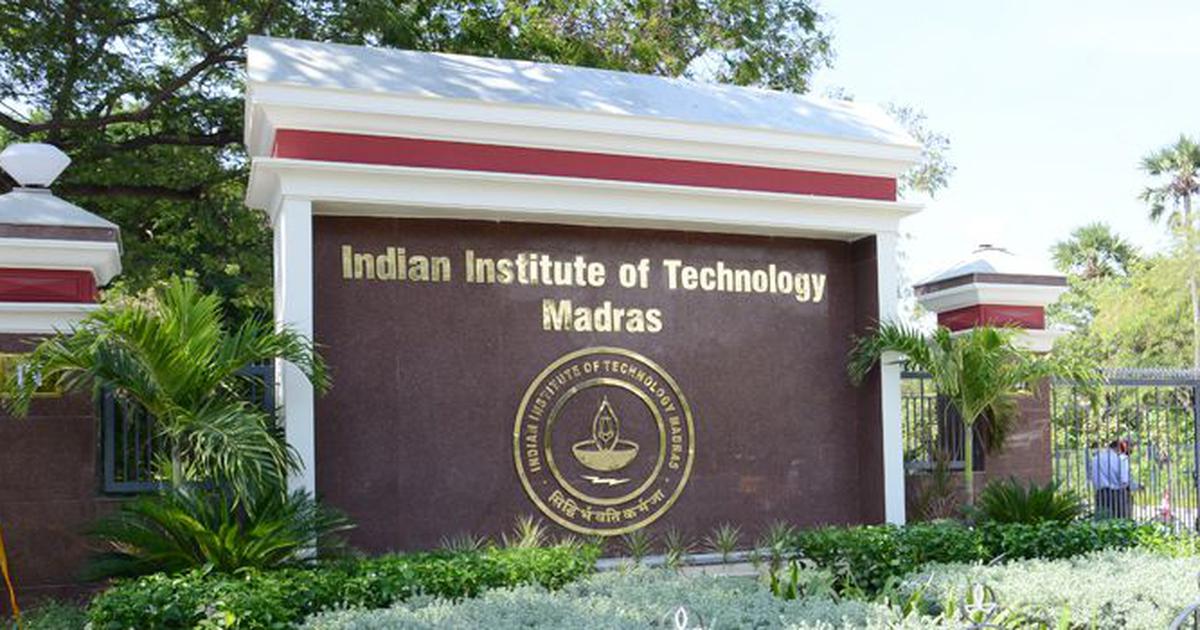A Delhi court on Friday (May 2) issued formal notices to Congress leaders Sonia Gandhi and Rahul Gandhi in connection with the National Herald money laundering case, following a probe by the Enforcement Directorate (ED) and a legal dispute that stretches back over a decade.
Special Judge Vishal Gogne noted the significance of affording the accused the right to be heard. “Right to be heard at any stage breathes life into a fair trial,” Judge Gogne observed, setting the next hearing for May 8.
The ED’s investigation formally began in 2021 after a magistrate court took up a private criminal complaint filed in June 2014 by BJP leader Subramanian Swamy, according to an NDTV report.
What is the National Herald case?
At its core lies the historic newspaper, The National Herald, founded in 1938 by Jawaharlal Nehru, a beacon for India’s freedom struggle. The saga began when the Associated Journals Limited (AJL), the publisher of The National Herald, faced financial turmoil, ceasing publication in 2008. To aid AJL, the Indian National Congress extended an interest-free loan of ₹90 crore. However, in 2010, a newly formed entity, Young Indian Pvt Ltd (YIL), acquired this debt for a mere ₹50 lakh, subsequently gaining control over AJL and its vast real estate assets across India.
In 2012, BJP leader Subramanian Swamy filed a complaint alleging that the Gandhis had orchestrated a scheme to usurp AJL’s assets, valued at over ₹2,000 crore, through YIL, in which they held a significant stake. The crux of the allegation was that the transfer of AJL’s assets to YIL was executed without proper compensation and transparency.
The Enforcement Directorate (ED) initiated investigations under the Prevention of Money Laundering Act, summoning Sonia and Rahul Gandhi for questioning. In 2025, the ED filed a charge sheet accusing them of forming a shell company to illegally acquire property worth $300 million associated with The National Herald.
The Congress party decried the proceedings as a political vendetta orchestrated by the ruling Bharatiya Janata Party (BJP), alleging misuse of investigative agencies to target opposition leaders. They highlighted a pattern where legal troubles for politicians seemed to dissipate upon joining the BJP, dubbing it the “washing machine effect.”
The Gandhis have denied any wrongdoing, asserting that YIL was a non-profit entity aimed at reviving The National Herald.
Senior BJP leader Ravi Shankar Prasad alleged that the Congress orchestrated a “corporate conspiracy” to transfer assets of the National Herald to the Gandhi family. He emphasized that the newspaper, founded in 1937, was “never the personal property of the Nehru family” and criticized the use of party funds for private gain. Prasad stated, “The newspaper, which was supposed to strengthen the voice of the people fighting for independence, they turned that newspaper into a private business, an ATM!”
The Congress party has dismissed the ED’s chargesheet as a manifestation of the government’s panic and moral bankruptcy. They assert that the legal actions are intended to intimidate and silence opposition voices. Congress leader Jairam Ramesh stated, “The ED chargesheet against Sonia Gandhi and Rahul Gandhi only shows the panic and moral bankruptcy of the government, and said it will not be cowed down by such threats”
Background of the National Herald newspaper
The National Herald is an Indian English-language newspaper founded in 1938 by Jawaharlal Nehru, India’s first Prime Minister. Published by The Associated Journals Ltd., it was established as a platform to support the Indian independence movement and promote Nehru’s vision of a modern, democratic, and secular India.
Launched on 9 September 1938 in Lucknow, the National Herald carried the motto “Freedom is in Peril, Defend it with All Your Might,” inscribed by Nehru himself. The newspaper aimed to provide a voice for the Indian National Congress and the broader freedom struggle. Kotamaraju Rama Rao served as its first editor, and under his leadership, the paper became known for its nationalist stance and critical editorials against British colonial rule.
During the Quit India Movement in 1942, the British government banned the National Herald, and Rama Rao was imprisoned for his writings. The paper resumed publication on 11 November 1945, with Nehru penning an editorial titled “Jai Hind,” reflecting on the years of struggle and the aspirations for a free India.
After independence, the National Herald continued to play a significant role in shaping public discourse. Manikonda Chalapathi Rau became the editor in 1946 and served until 1978. Under his stewardship, the paper maintained its commitment to democratic values and provided a platform for progressive thought. Nehru himself contributed articles, including a notable 1954 piece titled “The Death-dealer,” criticizing nuclear tests at Bikini Atoll.
The newspaper expanded its reach with editions in New Delhi (from 1968) and sister publications in Hindi (Navjivan) and Urdu (Qaumi Awaz). It became a prominent voice in Indian journalism, known for its editorial independence and advocacy for social justice.
By the early 2000s, the National Herald faced financial difficulties due to declining readership and advertising revenue. The paper ceased publication in 2008, citing the need to modernize its operations and address financial losses.
In 2016, The Associated Journals Ltd. decided to revive the National Herald in digital form, aligning with contemporary media consumption trends. The digital edition was launched on 14 November 2016, coinciding with Nehru’s birth anniversary. The relaunch aimed to uphold the paper’s legacy by promoting democratic values and providing in-depth analysis on national issues.
Throughout its history, the National Herald has been associated with prominent figures in Indian politics and journalism. It provided a platform for leaders like Nehru, Sardar Patel, and Maulana Azad to communicate with the public.



